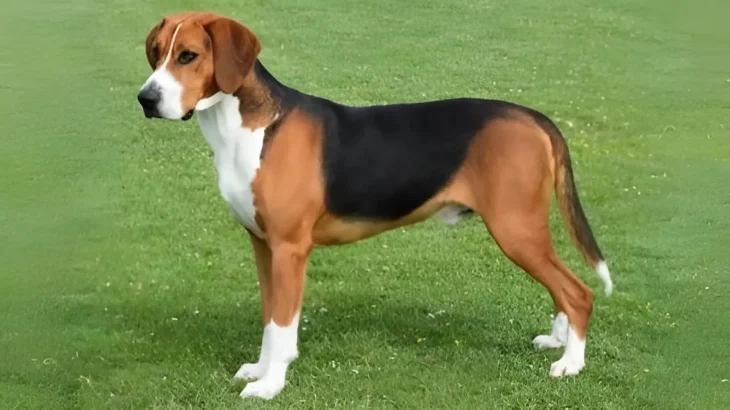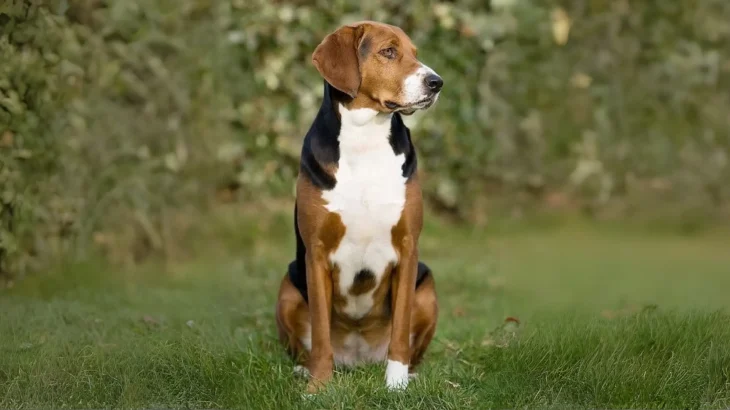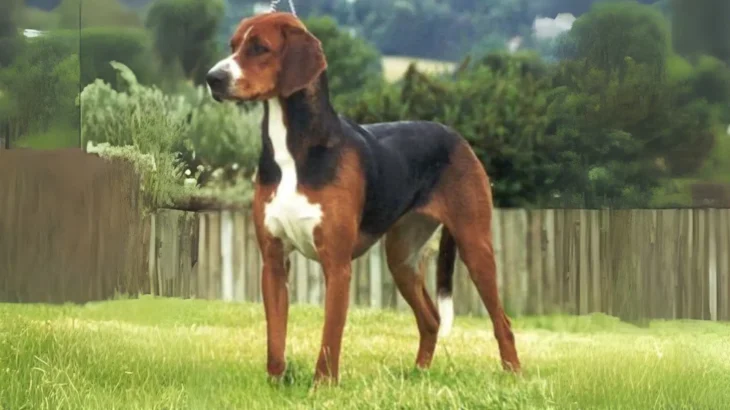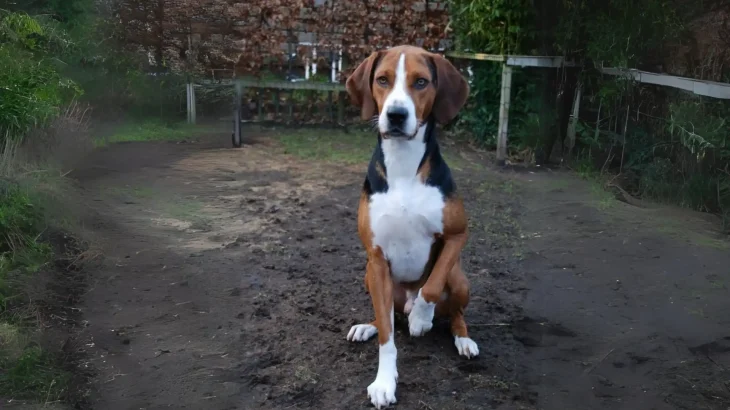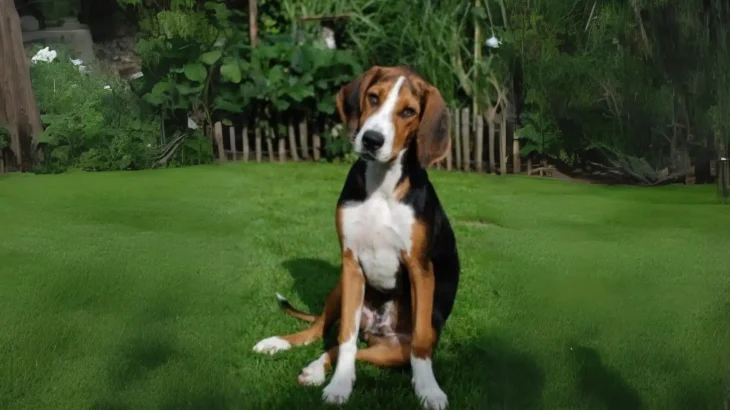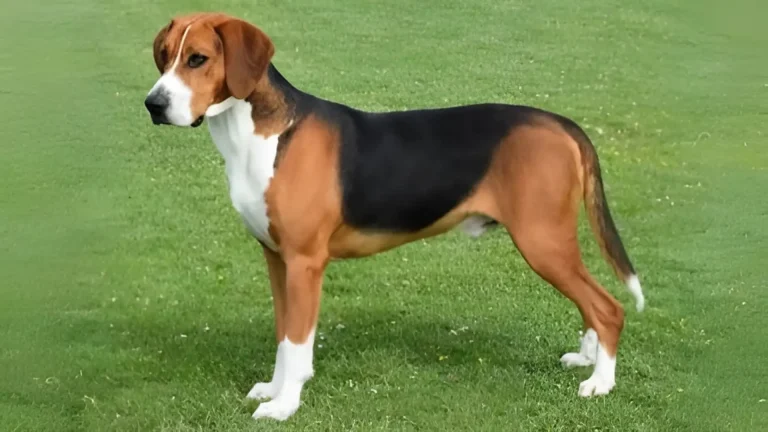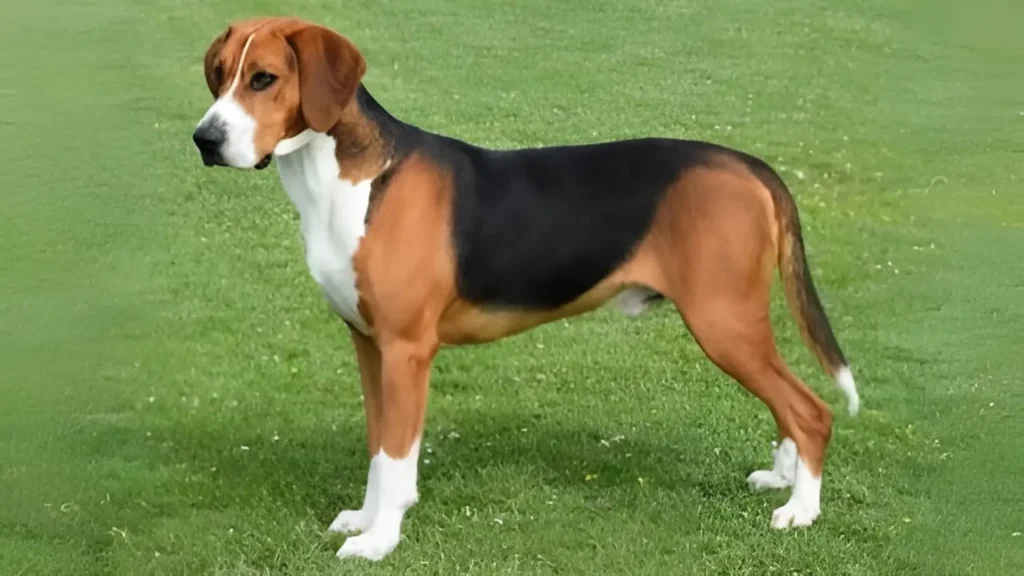Deciding whether to adopt or buy a Hamilton Hound puppy depends on what qualities you prioritize in your new companion. Purchasing from a breeder typically offers more control over the puppy's lineage and health, while adoption provides a chance to give a dog a second chance and support animal welfare. Both routes have unique benefits, especially when considering a breed as distinct as the Hamilton Hound.
Adoption vs. Breeder: Pros & Cons
| Criteria | Buying from Breeder | Adopting from Shelter/Rescue |
|---|---|---|
| Cost | Usually higher due to purebred status and pedigree documentation. | Generally lower fees covering basic veterinary care. |
| Health History | Comprehensive health background and genetic screenings often available. | Health details may be limited or unknown but basic checks are done. |
| Age Availability | Mostly puppies, letting owners shape early development. | Varied ages, including adults that may already be trained. |
| Temperament Insight | Insight into lineage-related traits from breeder experience. | Behavior observed firsthand, though background can be uncertain. |
| Supporting Practices | Supports dedicated breeding programs focused on breed standards. | Helps reduce shelter overpopulation and gives homes to dogs in need. |
| Ethical Considerations | Must ensure breeder prioritizes ethical health and socialization standards. | Promotes rescue and rehabilitation efforts for homeless pets. |

